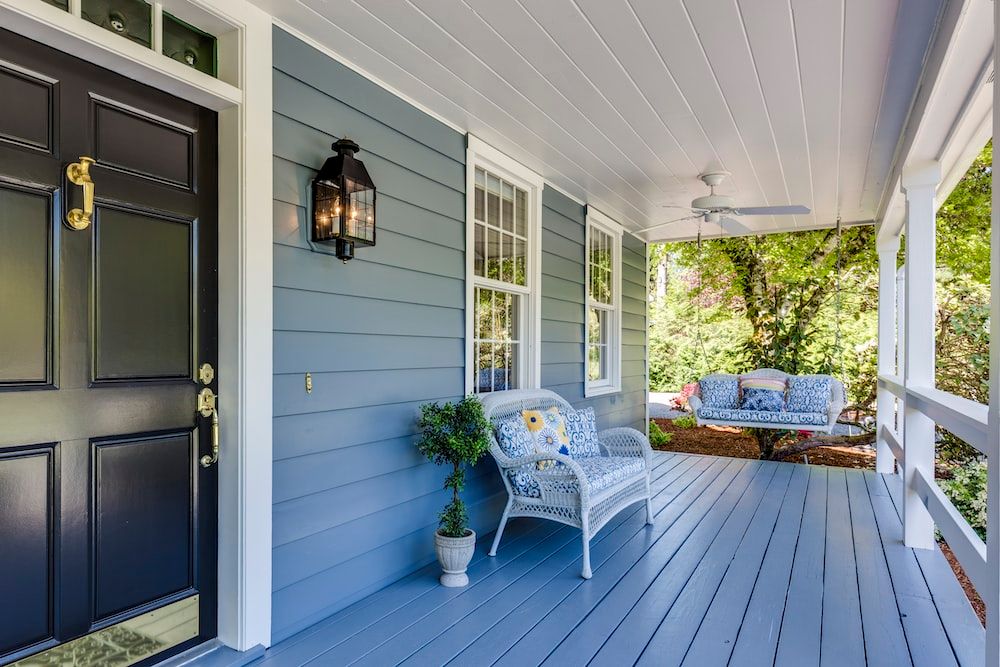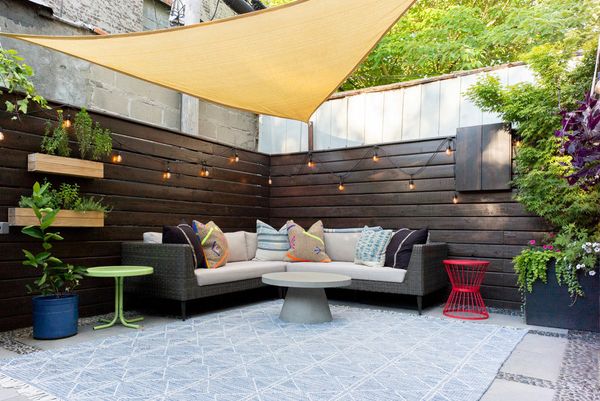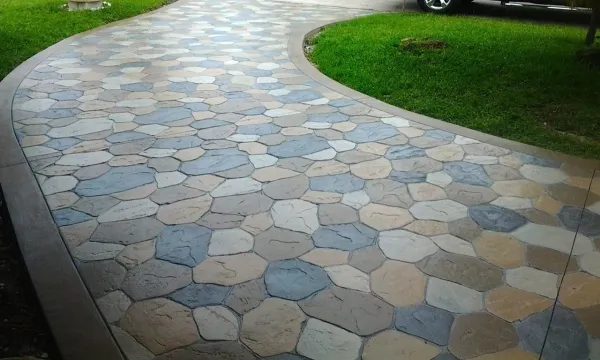When it comes to outdoor spaces, there's a plethora of terms that describe various structures attached to or near our homes. Whether you're considering a home renovation or planning to buy a new property, understanding the difference between a porch, balcony, veranda, patio, and deck can be quite beneficial.
This guide will clarify the distinctions and help you pick the perfect space for your needs.
Porch, Balcony, Veranda, Patio, and Deck - What's the Difference?
1. Porch
A porch is a covered area attached to the front or sometimes the back of a house. Here's what sets it apart:
Location
Typically, porches are at the ground level and are front-facing, serving as an entrance to a house.
Coverage
They are usually covered, offering protection against rain or sun.
Purpose
Porches often serve as a transitional space between the indoors and the outdoors, where one can relax, greet neighbors, or watch the world go by.
2. Balcony
A balcony is an elevated platform extending from a wall of a building. Key characteristics include:
Elevation
Balconies are always raised above the ground, often attached to apartments or multi-story homes.
Size
Typically, they are smaller than other outdoor spaces.
Safety
Due to their elevation, balconies come equipped with railings or balustrades.
Usage
They offer a private outdoor escape where residents can enjoy views, fresh air, or even a tiny garden.
3. Veranda
The term veranda might sound exotic, but it's another name for a large, open porch. Important features are:
Size
Verandas often span the length or wrap around a home.
Coverage
They are usually covered, often by the home's main roof.
Purpose
Verandas are versatile. They can be a space for dining, lounging, or even as extended living areas.
4. Patio
A patio is an outdoor space situated directly on the ground, which can be attached or detached from a home. Let's explore its specifics:
Foundation
Patios are often made of concrete, stone, brick, or tile.
Location
They can be located anywhere on a property, not just next to the residence.
Coverage
Typically uncovered, though homeowners might add pergolas or portable umbrellas for shade.
Advantage
Patios are often chosen for their low maintenance and ability to be shaped into any desired design.
5. Deck
Similar to a balcony but larger and lower, a deck is a wooden platform that can be attached to a house or stand alone. Here's what you should know:
Material
Decks are predominantly made from wood or composite materials.
Elevation
While they are elevated, they're usually closer to the ground than balconies.
Safety
Decks have railings, especially if they're a certain height off the ground.
Purpose
Decks are popular for entertaining. They often feature seating, BBQ areas, and even hot tubs.
Choosing the Right Fit for Your Home
Now that we’ve demystified the differences between these popular outdoor structures, the question arises: How do you decide which one is right for you?
Assess Your Needs
First and foremost, think about your lifestyle and what you envision for your outdoor space. If you're someone who loves hosting dinners under the stars, a spacious veranda or deck might be more up your alley. For those living in high-rise apartments craving a touch of the outdoors, a balcony, even if it's small, can offer a serene retreat.
Consider the Space and Landscape
If your home is on a sloping property, a deck might be more suitable, taking advantage of the natural terrain. Alternatively, if you have a flat backyard waiting to be utilized, a patio could transform that space into an outdoor haven.
Budget Constraints
Financial considerations always come into play. Decks, due to their material and elevation, might be pricier to install compared to patios. Porches and verandas, depending on the size and detailing, can also lean towards the expensive side. On the other hand, patios, especially simple designs, can be more budget-friendly.
Maintenance
Each of these outdoor spaces has its own set of maintenance requirements. Wood decks, for instance, need regular sealing and staining to prevent water damage and fading. Patios, depending on the material, might require sealing or occasional weed removal between stones. Balconies, particularly in regions with heavy rainfall or snow, should be checked for drainage issues.
Architectural Harmony
It's important to ensure that whichever structure you choose complements your home's architecture. A modern home might look splendid with a sleek, minimalist patio, while a traditional colonial house might benefit from a classic wooden deck or an elegant veranda.
Conclusion
For outdoor living spaces, the distinction between ground floor structures and those on the upper floor becomes paramount. Not all porches, for example, are created equal; while some homes boast a classic front porch, others feature a wrap-around porch, a symbol of grandeur in the real estate industry. An enclosed porch, a partially covered open space, provides the luxury of both worlds by being a covered structure while still retaining the essence of the outdoors.
The versatility of outdoor living spaces is evident in their varied manifestations. From the paved outdoor area of a patio to the elevated allure of deck decks, each outdoor structure offers a unique aesthetic and functionality. While a front entrance porch is customary for many homes, the spectacle of a large porch, especially in apartment buildings, signifies opulence and offers residents an expansive sheltered area for relaxation.
To sum up, the intricacies of outdoor spaces, whether it's a covered shelter on the ground floor or an inviting enclave on an upper floor, play a pivotal role in the real estate industry. The charm of a front porch or the panoramic views from a deck all enhance the allure of homes, making them coveted assets for potential buyers and residents alike.



